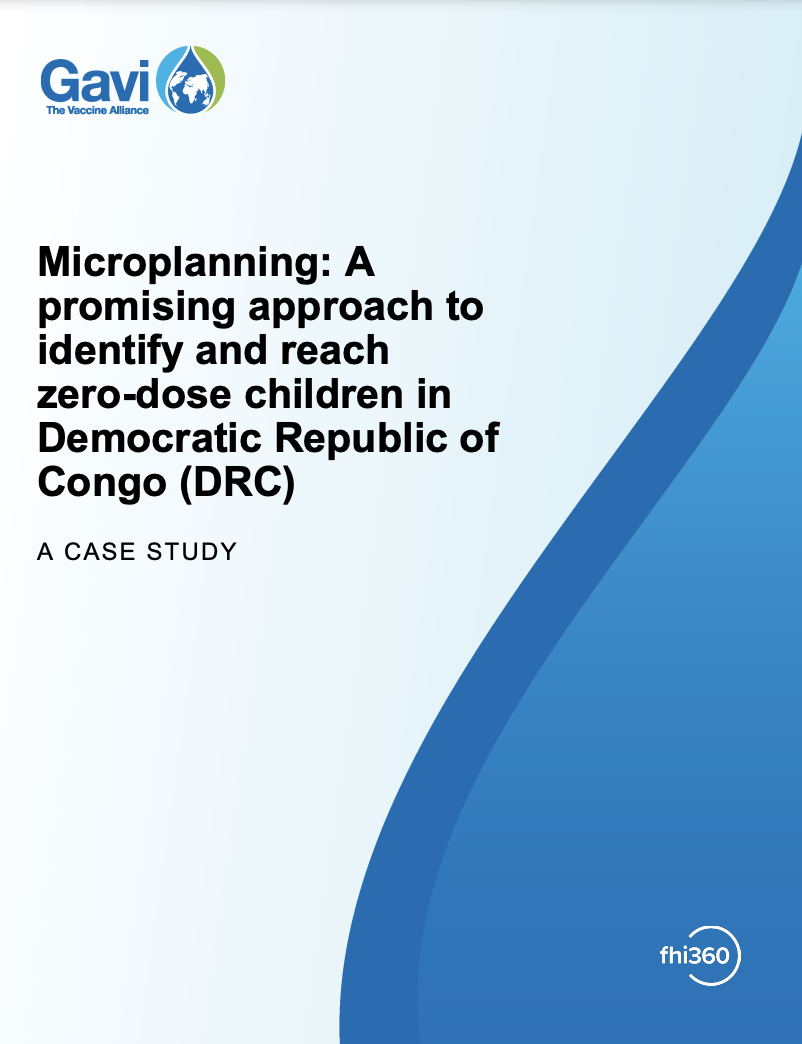WHITE PAPER
Mapping Health Facilities
Discusses GRID3’s work with local stakeholders and data collectors to build capacity for the production and management of geospatial data on health facilities. This paper first discusses GRID3’s approach to mapping health facility data. In the next section, it discusses GRID3’s support of routine and non-routine immunisation campaigns in Nigeria and the consolidation of existing health facilities data and collection of new data in the Democratic Republic of the Congo. Following that, new GRID3 initiatives are discussed, including data consolidation and collection in Zambia and work around health facilities data in Sierra Leone.
| Authors | Center for International Earth Science Information Network; Flowminder Foundation; United Nations Population Fund; WorldPop, University of Southampton |
|---|



